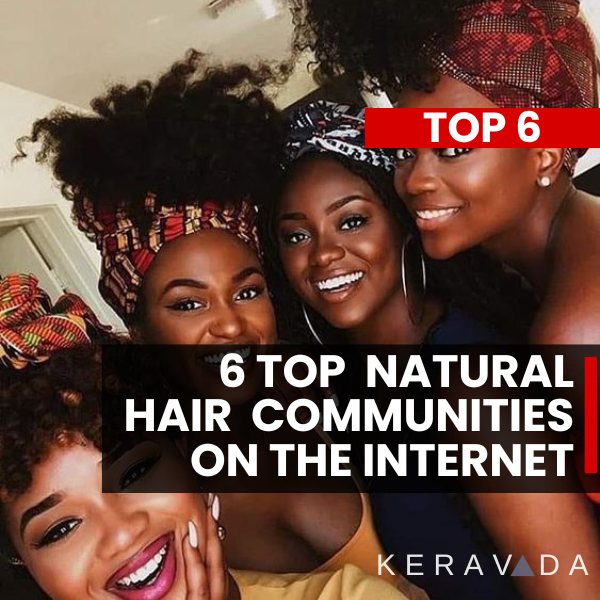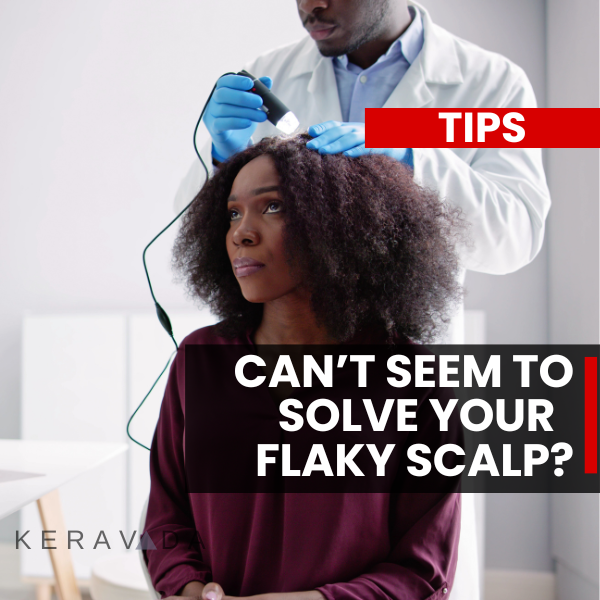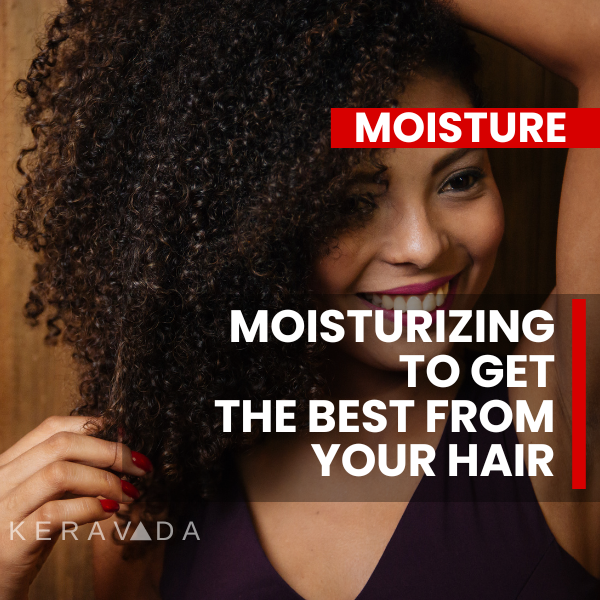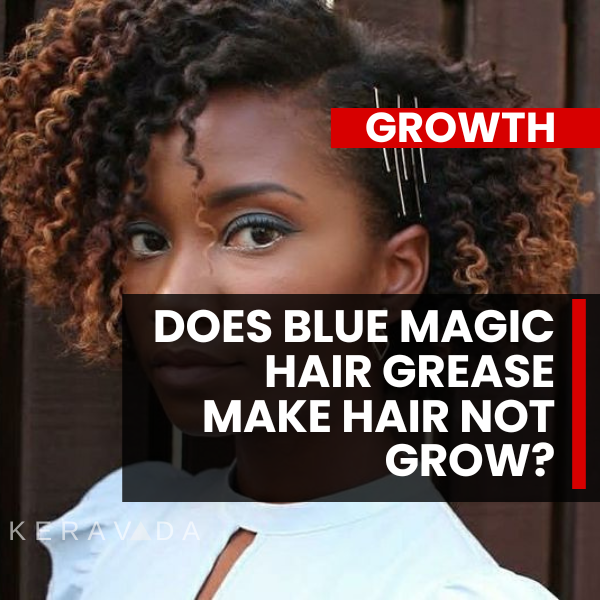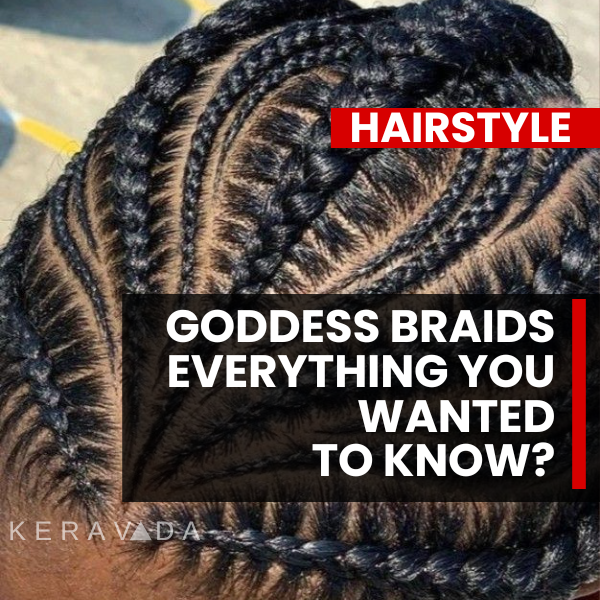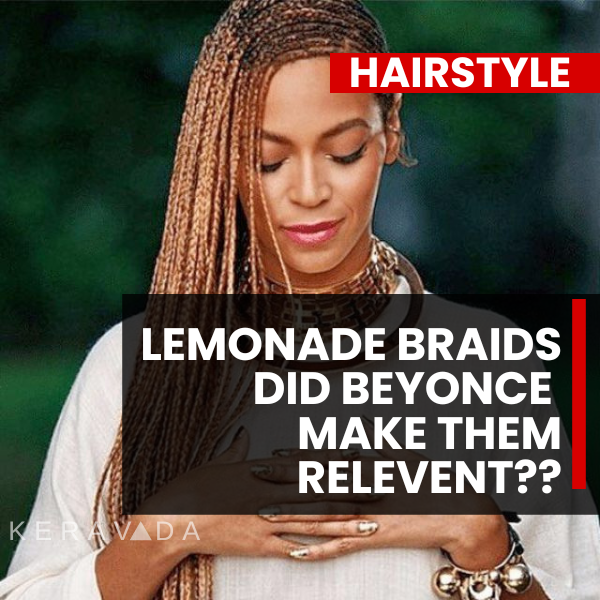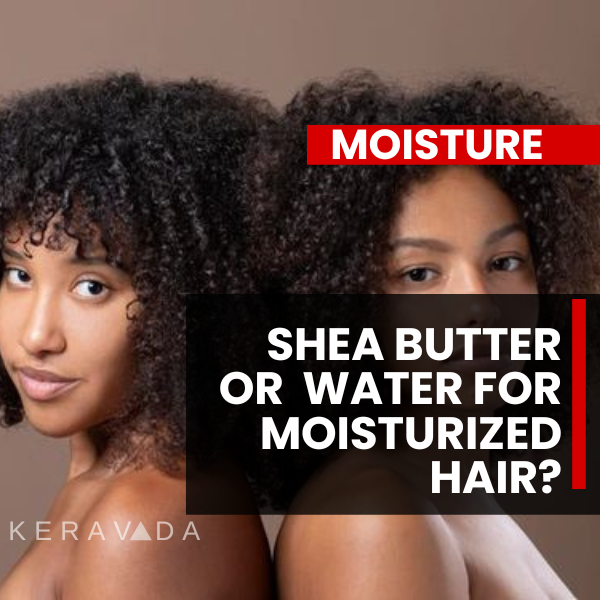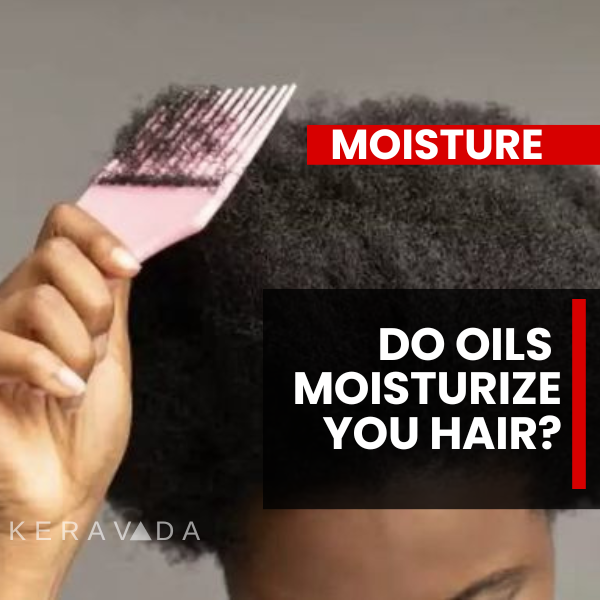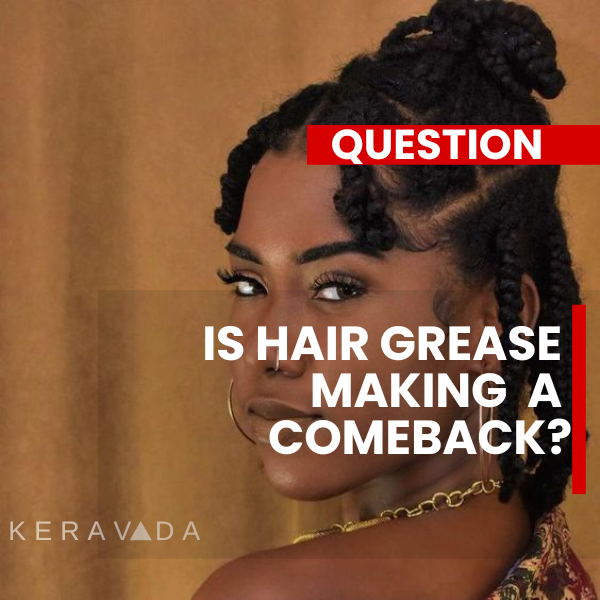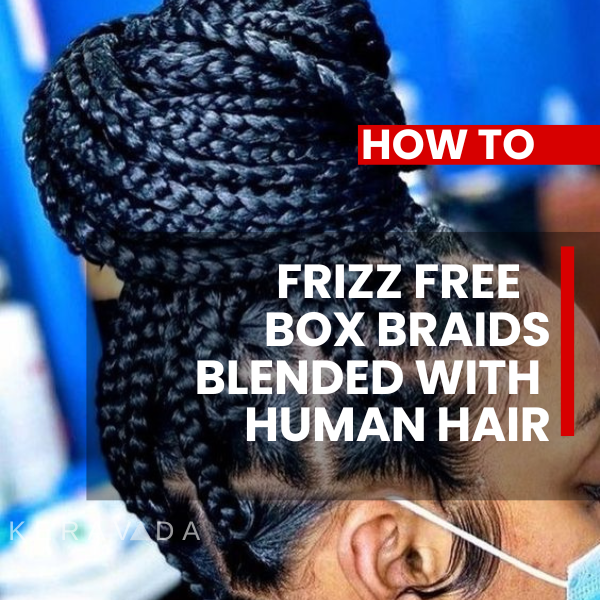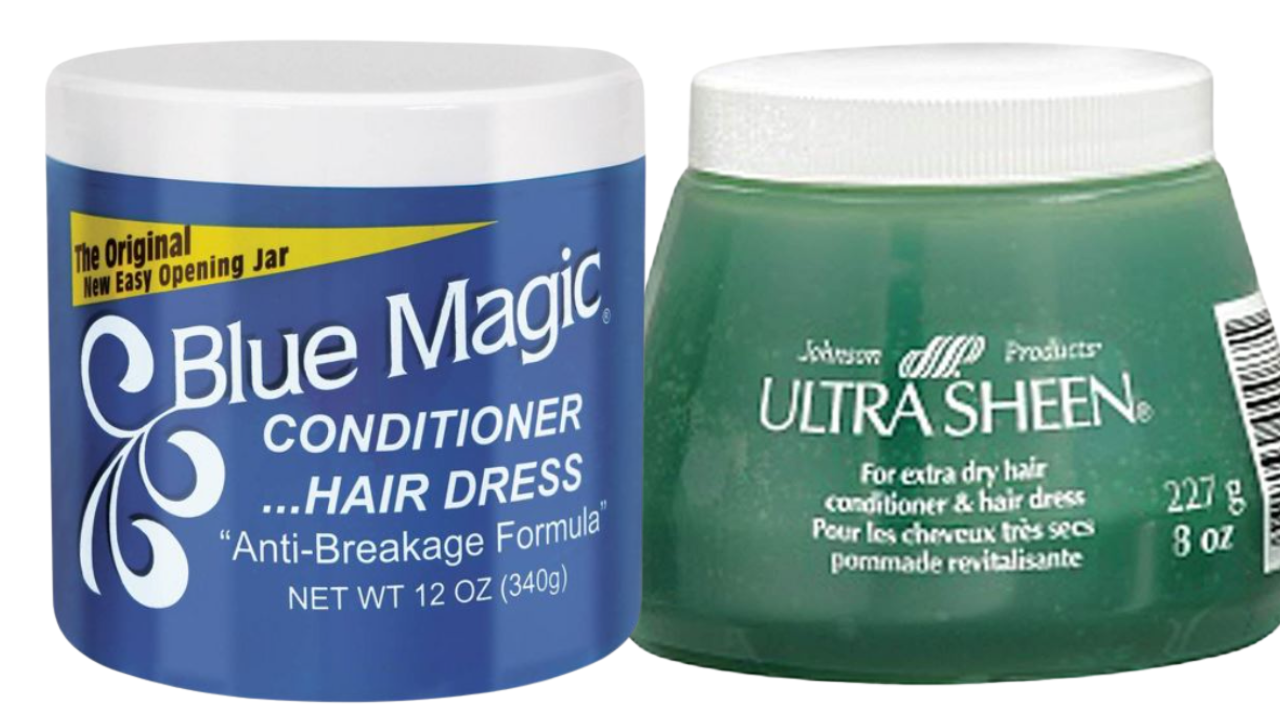Most Recent Articles
-
Hey everyone! 👋 Today, I want to dive deep into the world of online communities for Black beauty enthusiasts like myself. 💄🌟 As someone who's always on the lookout for platforms that celebrate and uplift melanin magic, I've explored quite...
-
Have you ever felt like your scalp was the center stage for an uninvited flake fest? You're getting ready for the day, your hair is on point, but then you notice those pesky white flakes that seem to scream for...
-
Understanding Hair Moisturizers: Your Ultimate Guide What really are Hair Moisturizers? Hair moisturizers, as the name suggests, are products specifically designed to provide your hair with the necessary hydration to keep it healthy and lustrous. These products are a godsend,...
-
The Importance of Hair Moisturizer for Black Women's Hair Health Black Hair: Understanding Its Unique Needs One of the primary needs of black hair is moisture. Black hair is naturally thick and coarse with tight curls, which make it more...
-
Hair Grease and Growth: A Guide for Women of Color Navigating the world of hair care can be complex, especially when it comes to understanding the effects of products like hair grease on hair growth. For African American women and...
-
Goddess Braids: An Emblem of Elegance, Culture, and Versatility Goddess Braids, deeply rooted in African heritage, have evolved to become a significant element in the world of hairstyling, particularly in the African American community. We delve deeper into the essence...
-
What Kind of Hair Do You Use for Lemonade Braids? Lemonade braids typically require synthetic hair extensions to achieve their distinctive look. The most common types of synthetic hair used are Kanekalon and Toyokalon fibers. Kanekalon hair is favored for...
-
Getting the Moisture 4C Hair Craves For women with tightly coiled 4C natural hair, finding the right moisture balance is an essential part of hair health and achieving defined curls. 4C hair has a tightly curled pattern that often lacks...
-
Here is a draft article for black women on moisture and caring for 4C hair:Getting Moisture into 4C HairFor women with tightly coiled 4C hair, proper moisture is essential for healthy, defined curls. Without sufficient moisture, 4C hair can become...
-
IntroductionBantu knots have become a fashionable hairstyle worn by people of all ages and ethnicities. Variations like Bantu knots with braids and Bantu knots for kids have expanded the creative styling possibilities while retaining cultural symbolism. The sculptural coils of...
-
Embracing Natural Hair Grease: The Path to Healthier Hair for Women of Color For generations, hair grease has been a staple in African American hair care rituals. While traditional petroleum-based greases like Ultra Sheen sealed in moisture, they often caused...
-
Mastering the Art of Blending Human Hair for Box Braids Without the Frizz Having long, beautiful box braids is a gorgeous look that many people strive for. However, the process of installing extensions can quickly become frustrating when the added...
-
Hair Grease on Your Natural Hair: Problem or Benefit? You might be thinking, "Is hair grease good or bad for my natural hair?" Well, you're not alone. This question has been a hot topic in the natural hair community for...

